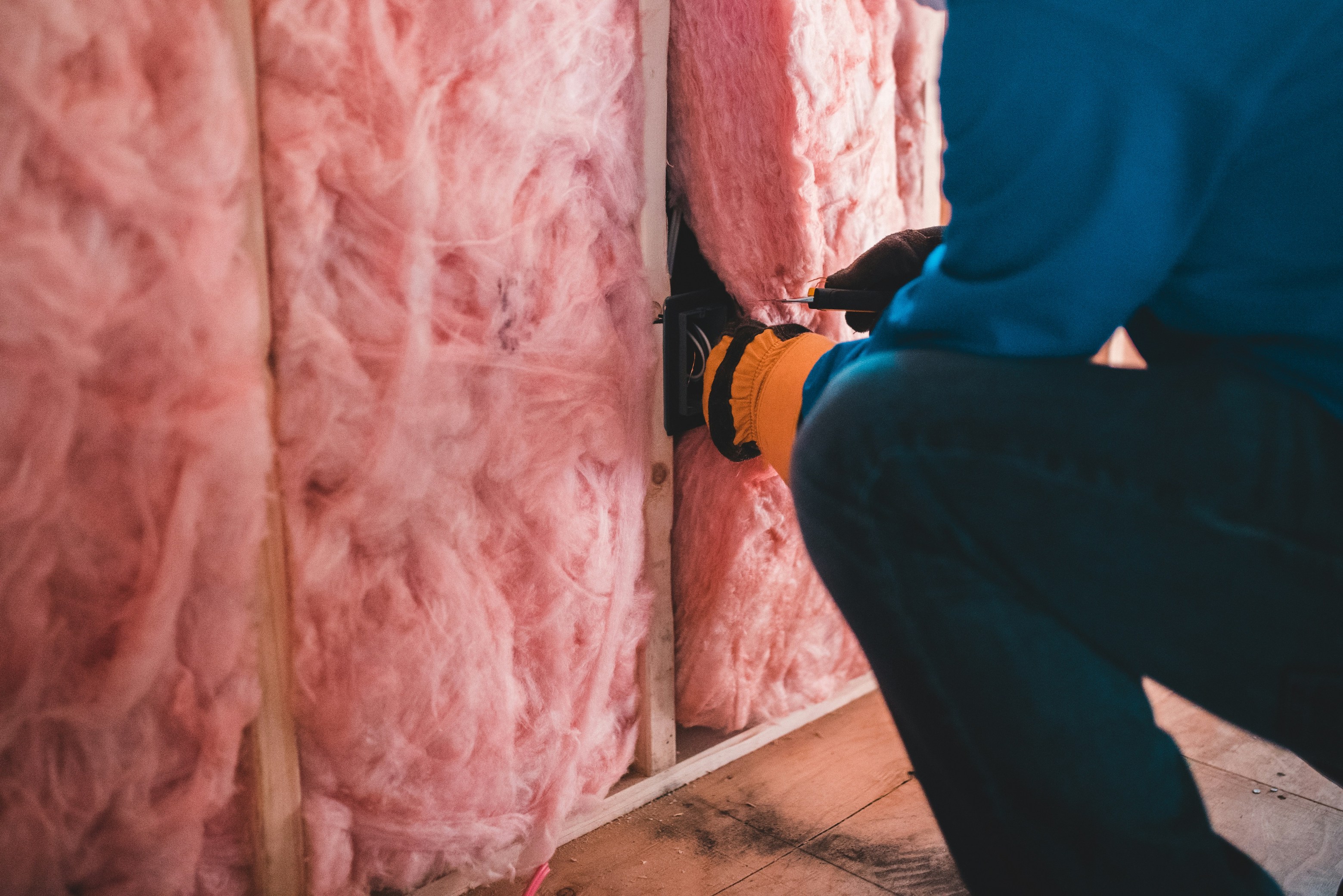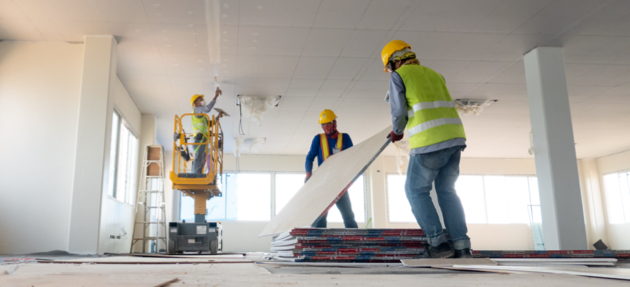Cracks in your home’s foundation are not something to ignore. Whether you live in a Victorian terrace in East London, a post-war semi in Romford, or a modern detached home in Chelmsford, your property’s foundation is what keeps everything stable and secure.
While some cracks are harmless and purely cosmetic, others can signal serious structural problems that need immediate attention. The challenge for homeowners is knowing which is which.
This article looks at the most common reasons why foundations crack in London and Essex, the signs to watch for, and the range of repair options available.
Understanding the Local Context
London and Essex share a unique mix of soil types and building styles, which means foundations here face particular stresses. Many areas — especially in parts of East London, Ilford, and Brentwood — are built on clay-rich soil. Clay swells when wet and contracts when dry, which can create significant movement beneath a home.
Older properties, such as those built before the 1960s, often have shallower foundations, making them more vulnerable to soil changes, drainage issues, and tree root damage.
Common Causes of Foundation Cracks
Soil Movement: Subsidence and Heave
Subsidence occurs when the ground beneath your home sinks, causing one side of the property to settle lower than the other. Heave is the opposite — when the soil swells and lifts the foundation. Both are common in clay-heavy areas of London and Essex and can create visible cracking in walls, floors, and exterior brickwork.
Drainage Problems
If rainwater is not channelled away from your home, it can erode the soil supporting your foundation. Blocked gutters, missing downpipes, and poorly graded ground can all cause water to collect around the base of the building, increasing the risk of movement and damp penetration.
Seasonal Weather Changes
Freeze-thaw cycles in winter and extreme summer heatwaves can cause both soil and concrete to expand and contract, eventually leading to cracks. In the UK’s increasingly unpredictable climate, this type of weather-related stress is becoming more common.
Tree Root Damage
Trees absorb large amounts of water from the soil. In dry summers, this can cause clay soil to shrink, leading to foundation movement. Large species such as oak, willow, and poplar, when planted too close to a house, can also exert physical pressure against foundation walls.
Poor Construction or Materials
Some foundation problems start at the very beginning. If concrete was not mixed or cured properly, or if reinforcement was insufficient, cracks may appear prematurely — even in relatively new homes.
Types of Cracks and What They Mean
-
Hairline cracks: Often caused by natural curing of concrete. Usually cosmetic but should be monitored.
-
Vertical cracks: Common with settlement and generally less severe, but still worth repairing.
-
Diagonal cracks: May suggest uneven settlement and can point to a more significant underlying issue.
-
Horizontal cracks: Often caused by excessive soil or water pressure — a potential structural emergency.
Repair and Prevention Options
Improving Drainage
Directing water away from your home is one of the simplest and most effective ways to prevent further damage. This can include fitting new gutters, extending downpipes, regrading the ground, or installing a French drain or soakaway system.
Structural Repairs
Small, non-structural cracks can often be sealed with epoxy resin injection, preventing water ingress. For more significant movement, carbon fibre straps can reinforce walls, while underpinning or piling is used to stabilise and lift subsiding foundations — a common solution in older London and Essex homes.
Tree and Landscape Management
If trees are contributing to foundation movement, they may need to be pruned, relocated, or removed. Any new planting should be kept a safe distance from the property — generally at least the same distance as the mature height of the tree.
Professional Surveys
A structural engineer or foundation repair specialist can carry out a detailed inspection, identifying the cause of the cracks and recommending an appropriate repair plan. This is particularly important before buying or selling a property, as foundation issues can affect mortgage approval and property value.
Recognising When to Take Action
While some cracking is inevitable over the life of a building, you should seek professional advice if:
-
Cracks are wider than 3mm.
-
They are spreading rapidly.
-
Floors are sloping or doors and windows are sticking.
-
The cracks are horizontal or have a stepped pattern in brickwork.
These can all be signs of ongoing movement rather than historic settlement.
Final Thoughts
Foundation cracks are more than just a cosmetic concern — they are a warning sign from your home. In many cases, early intervention can prevent minor problems from becoming major structural repairs.
For homeowners in London and Essex, understanding the local soil conditions, keeping on top of drainage, and monitoring any changes in your property’s walls and floors can make all the difference. A prompt professional inspection not only protects your home’s safety but also preserves its long-term value.



